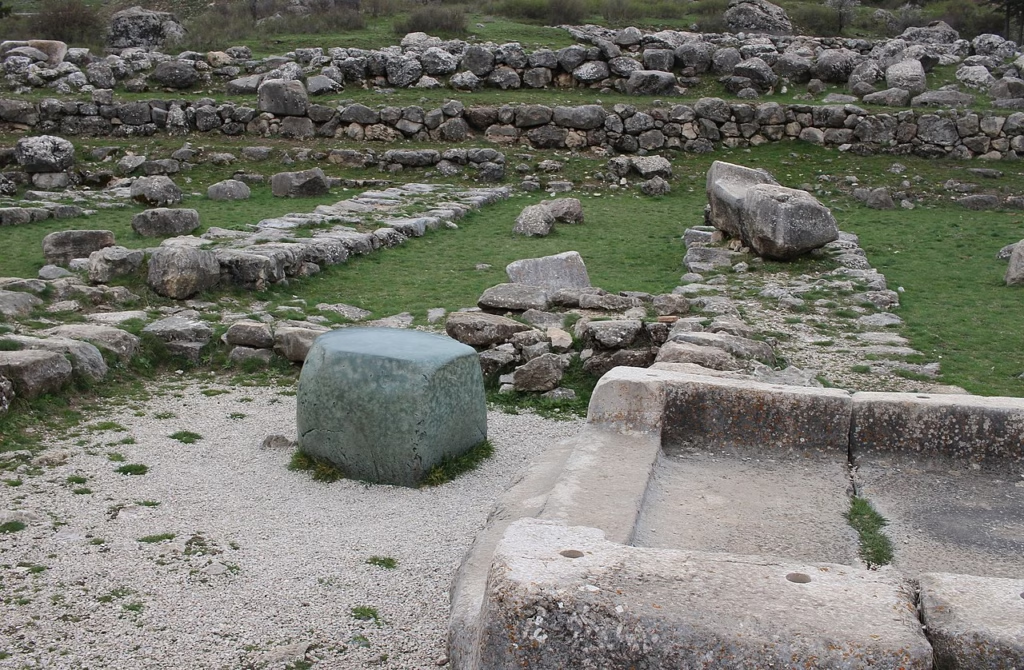Among the most enigmatic elements of Turkic mythology is the Yada Stone—a mystical object said to have been granted by the Sky God (Tengri) to the ancestors of the Turks. According to legend, this stone bestowed its possessor with the power to control the skies: to summon rain, unleash snowstorms, or stir the winds at will.
The stone’s appearance is as fascinating as its powers: typically dark in color, marked with red or white speckles, and shaped like a bird’s egg. It was not easily found. Myths tell of a sacred water bird named Sürhab, which nested on rain-fed ponds. When the waters receded, the stone would be found beneath the abandoned nest.
Shamans and the Price of Power
The Yada Stone was used not only by kam (shamans), who served as mediators between the spiritual and human worlds, but also by unique individuals known as yadacı. Yet every use of the stone came with a price: a loved one would perish, or a calamity would follow. For this reason, those who possessed the stone often led lives of sorrow, isolation, and poverty—despite receiving riches from rulers grateful for their weather-working powers.

An Eyewitness Account from the 11th Century
In the 11th century, the great Turkic linguist Mahmud al-Kashgari mentioned the Yada Stone in his legendary work Dīwān Lughāt al-Turk. He described how, during a massive summer fire in the land of the Yaghma people, the stone was used to summon snow that extinguished the flames—an act he attributed to both the stone and divine permission.
A Mysterious Echo in Hattusha’s Green Stone
Centuries later and hundreds of kilometers away lies another mysterious artifact: the Green Stone of Hattusha. Located at the heart of the Great Temple in the ancient Hittite capital (modern-day Boğazkale, Türkiye), this unmarked, smooth, greenish block has long intrigued archaeologists and visitors alike. Weighing nearly one ton and made of nephrite or serpentine, the stone remains shrouded in mystery.

Locals call it a “wishing stone”, and some speculate that it may have been used in sacred rituals or as a pedestal for divine statues. Others propose a deeper cultural link. Could this stone be a distant echo of the Yada Stone—another symbol of humankind’s desire to commune with nature and command the elements?
The Hittites worshipped the Storm God Teshub, and many rituals were devoted to appeasing or invoking his power. The placement of the Green Stone at the religious heart of the city suggests it was far more than decorative—it may well have been a tool of elemental worship, bearing symbolic or even supernatural significance.
The Timeless Bond Between Earth, Sky, and Spirit
Both the Yada Stone and Hattusha’s Green Stone offer a glimpse into how ancient civilizations interpreted and sought to influence natural forces. These are not merely relics or myths—they are symbols of a deep spiritual connection between humanity and the cosmos.
In an age where we increasingly look to science to explain the world, such legends remind us of a time when stones were not inert—but alive with meaning, power, and mystery.





